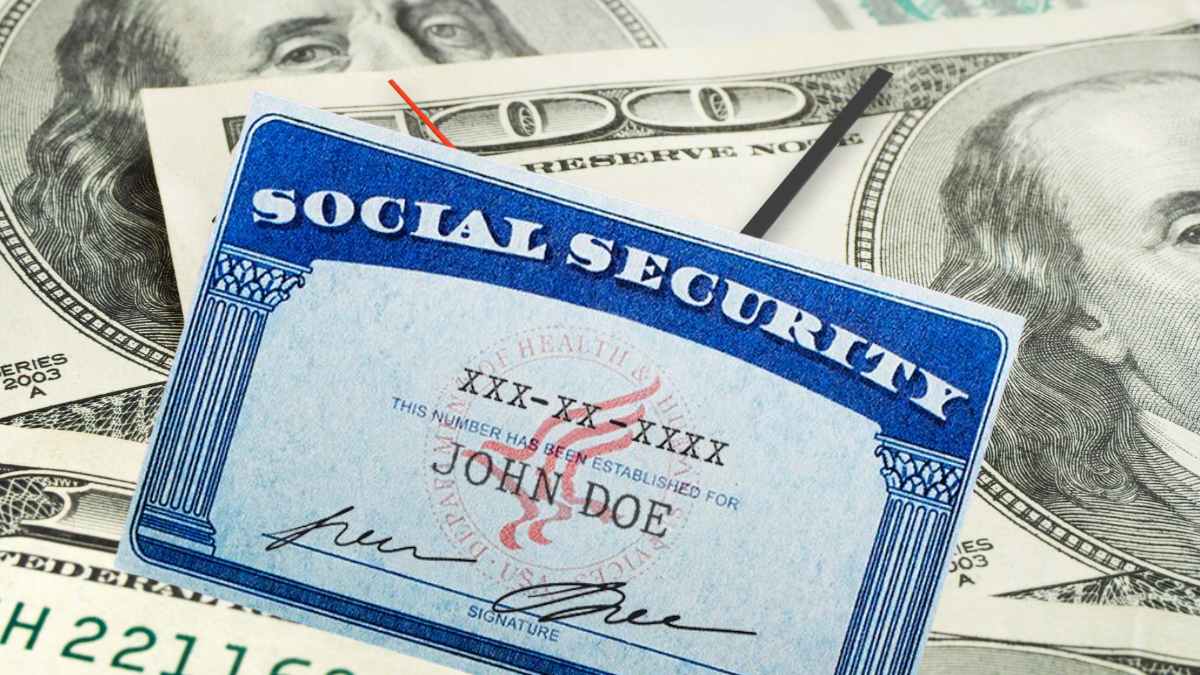Supplemental Security Income (SSI) is a federal program for people who are low-income, over age 65, blind, or disabled. According to the Social Security Administration (SSA), payments are issued on the first day of each month, except for adjustments for holidays or weekends.
It is because of this previous detail that on May 30, SSI recipients will have an “additional” payment, which, in reality, represents the June payment. The payment for June 1 cannot be sent that day, because it is a weekend: the SSA has a policy not to send payments on those days, or on holidays, they already advance the payment to the most recent previous business day.
That said, it is worth noting that in June there will be no payment, but the next one will be on July 1.
SSI recipients will receive up to $2,900 during the month of May
By 2025, the maximum individual amount of the SSI program will be $967, while couples will be able to receive up to $1,450, according to official figures. These amounts already include a 2.5% cost of living adjuntment (COLA) adjustment.
However, the payments each person receives may vary depending on their income, assets, and housing situation. For example, those who receive financial support from family members or have some salary could receive less. The SSA adjusts the benefit if certain financial limits are exceeded.
Who is eligible and how to apply for Supplemental Security Income
One of the most beneficiary groups are adults over 65 years of age, with or without illnesses, but who demonstrate difficult economic conditions or insufficient resources.
For blind people, they must have visual acuity of 20/200 or less in the better eye, or a visual field of 20 degrees or fewer. People who have a disability of another type that prevents them from carrying out a work activity that supports their living expenses can also apply.
For children, the disability must cause marked and severe functional limitations that are also expected to last at least one year or result in death. This is detailed on the SSA page on “Who can get SSI” where we took the datafrom
Income is considered from various sources, such as earned money, Social Security benefits, workers’ compensation, unemployment benefits, Veterans Department benefits, and support from friends or family. Free food and housing are also included. According to the same page, the income limit varies, but generally you should not earn more than $2,019 a month from work, with adjustments for couples and when parents apply for children.
They must have limited resources as well: this includes cash, bank accounts, stocks, mutual funds, savings bonds, property, vehicles, and personal assets. The limit is $2,000 for an individual or child, and $3,000 for a couple.
They must be legal resident or American citizens, or any other type of immigrant in an eligible category. Non-citizens must meet additional conditions, such as having at least 40 qualifying quarters of work or belonging to specific categories, according to the same source.
Finally, they must prove that they reside in one of the 50 states, the District of Columbia or the Northern Mariana Islands, and confirm their intention to continue living there. You cannot be absent from the United States for a full month or 30 or more consecutive days, or be confined in a government institution at government expense, such as a prison or public hospital.



